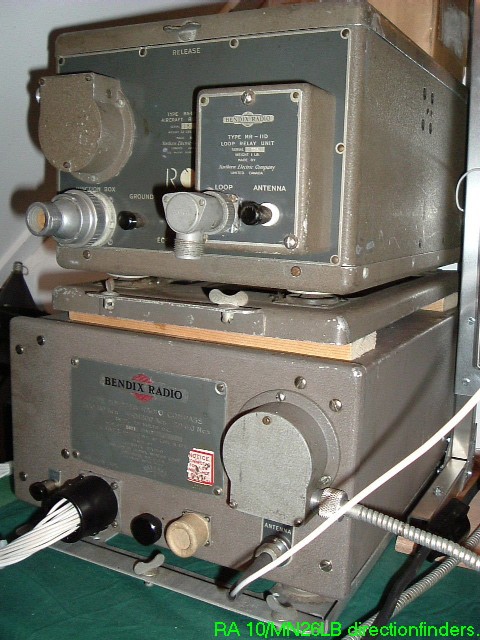

The phase of one of the modulation signals is dependent on the direction of transmission, while the phase of the other modulation signal is not, in order to serve as a reference. Both modulations are done with a 30 Hz signal, but the phase is different. Ī VOR ground station uses a specialized antenna system to transmit both an amplitude modulated and a frequency modulated signal. In 2015, the UK planned to reduce the number of stations from 44 to 19 by 2020. The United States is decommissioning approximately half of its VOR stations and other legacy navigation aids as part of a move to performance-based navigation, while still retaining a "Minimum Operational Network" of VOR stations as a backup to GPS.

In 2000 there were about 3,000 VOR stations operating around the world, including 1,033 in the US, but by 2013 the number in the US had been reduced to 967. As such, VOR stations are being gradually decommissioned. Developed in the United States beginning in 1937 and deployed by 1946, VOR became the standard air navigational system in the world, used by both commercial and general aviation, until supplanted by satellite navigation systems such as GPS in the early 21st century. It uses frequencies in the very high frequency (VHF) band from 108.00 to 117.95 MHz. Very high frequency omni-directional station ( VOR) is a type of short-range radio navigation system for aircraft, enabling aircraft with a receiving unit to determine its position and stay on course by receiving radio signals transmitted by a network of fixed ground radio beacons.


 0 kommentar(er)
0 kommentar(er)
